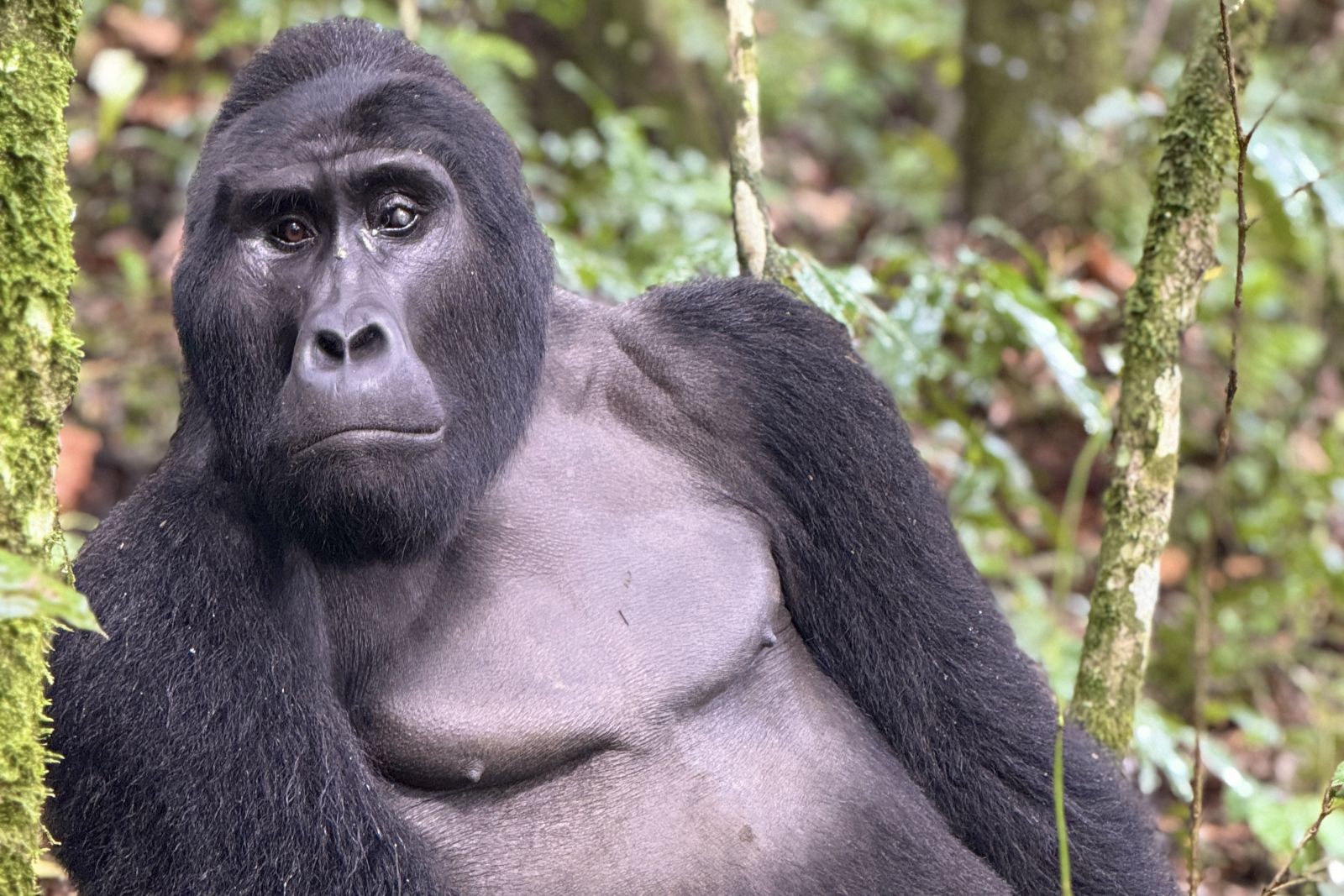Trekking through Uganda’s lush rainforests to see the local primates is one of the most awe-inspiring adventures on the planet. But what many people don’t anticipate is the physical adjustment needed—especially when it comes to altitude and cardiovascular fitness. Each trek will vary in terms of difficulty, but the high elevation can be surprisingly challenging, even for those who consider themselves fit.
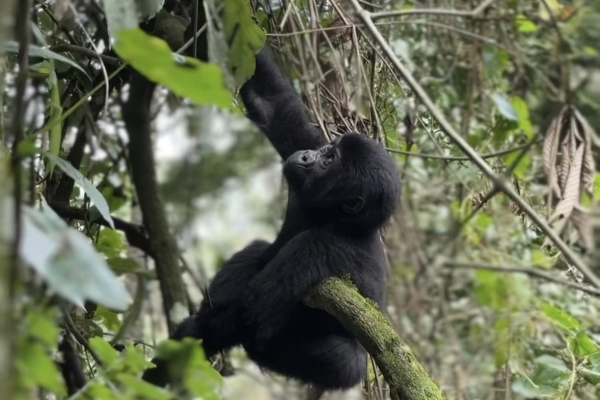
My colleague and I recently completed a gorilla trek in Bwindi Impenetrable National Park, and we would like to share some insights that could help you better prepare—physically and mentally.
Altitude: It’s Not About Strength, It’s About Oxygen
One of the first things we noticed on the trail was how quickly we felt out of breath—even on relatively gentle inclines. The trek takes place at elevations of around 1,500 to 2,600 meters (4,900 to 8,500 feet). That means the oxygen level is significantly lower than what many people are used to, especially if you’re coming from sea level.
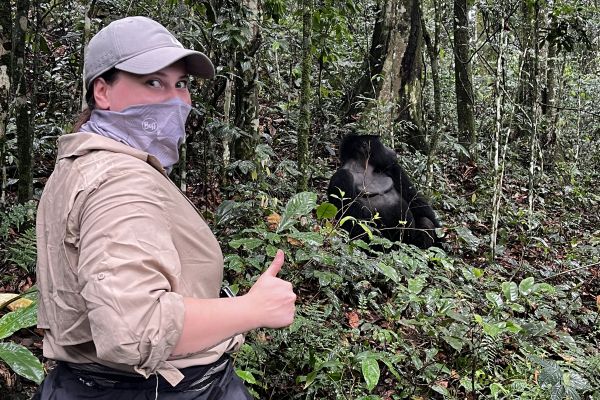
Interestingly, we didn’t feel physically fatigued in our muscles—our legs were fine. But our lungs were working overtime, and the sensation of being “out of shape” hit hard. The good news? The moment we stopped, we could catch our breath quickly, and we never felt exhausted—just short of breath.
HIIT Training: Your Secret Weapon
One of the best ways to prepare for a gorilla trek is by doing High-Intensity Interval Training (HIIT) a few weeks or months in advance. HIIT mimics the conditions of a trek where your heart rate rises during bursts of effort (like climbing a slope) and then recovers during breaks. This type of training strengthens your cardiovascular system, making it more efficient under stress—especially useful at higher altitudes.
Some ideas:
- Short, steep hill climbs
- Stair intervals
- Burpees, jump squats, or mountain climbers
- Sprint-walk intervals
Yoga Breathing: Calm Your Lungs, Calm Your Mind
We underestimated just how valuable yoga breathwork (or pranayama) would be. Incorporating deep, controlled breathing techniques—like box breathing—before and during the trek can help regulate your heart rate, improve oxygen intake, and keep anxiety at bay when you feel breathless.
Tip: Practice 5–10 minutes of deep breathing daily before your trip. It’s an excellent habit for calming the nervous system and building lung capacity.
Move Slowly and Take Breaks—It’s Not a Race
The trek isn’t about speed—it’s about endurance, awareness, and enjoyment. Our guides were adamant that the group will go as fast as the slowest person. And I can confidently say there is no shame in being the slowest person! Taking frequent breaks is essential—not only to rest your lungs but also to soak in the stunning views of the forest. Every pause was a moment to reset our breath, let our hearts slow down, and appreciate the fact that we were walking in one of the most unique forests on Earth.
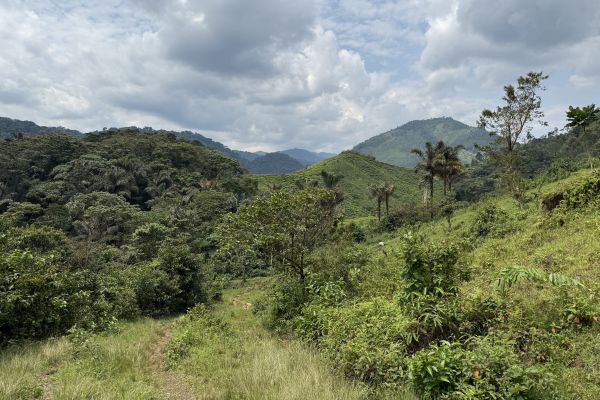
What to Wear: Gloves and Breathable Layers Matter
Another important (and often overlooked) part of gorilla trek prep is what you wear. This isn’t a casual walk in the park—you’re moving through dense vegetation, typically off-trail the closer you get to the gorillas or chimps, often ducking under low branches and pushing through thick brush.
Here’s what helped us the most:
- Gardening gloves or lightweight trekking gloves: Not necessarily essential for each trek, but some trails involve grabbing onto branches for balance, and many of them are thorny or covered in stinging nettles. Gloves protect your hands from cuts, scrapes, and general discomfort.
- Moisture-wicking, loose-fitting clothing: The rainforest is humid and warm, and you’ll sweat more than you expect. Wearing breathable layers keeps you cool and helps prevent chafing. Long sleeves and long pants also provide protection from insects and plants.
- Gaiters or high socks: If you’re concerned about fire ants or mud, these are worth bringing along too.
- Small hiking pack: While you will have porters to assist with your bags, packing an extra small backpack to carry the few items you would like to have on your trek is essential
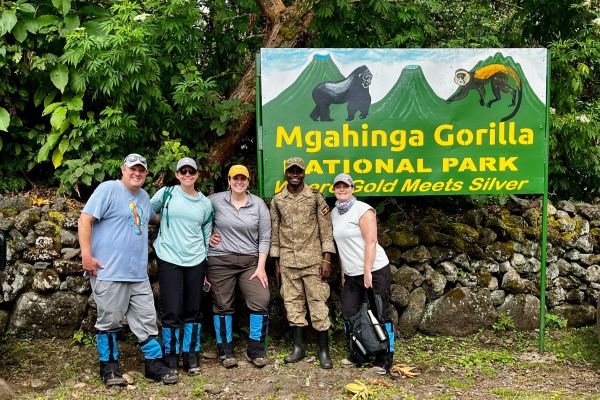
In Summary
You don’t need to be a seasoned hiker or athlete to enjoy a gorilla trek—but a little preparation goes a long way. Between the high elevation, dense forest paths, and humidity, the trek can feel more intense than it really is. Thankfully, with HIIT workouts, yoga breathing, and a mindset of slowing down, the experience becomes not just doable—but deeply enjoyable.
So train smart, breathe deep, and take it slow. The gorillas are worth every step.
